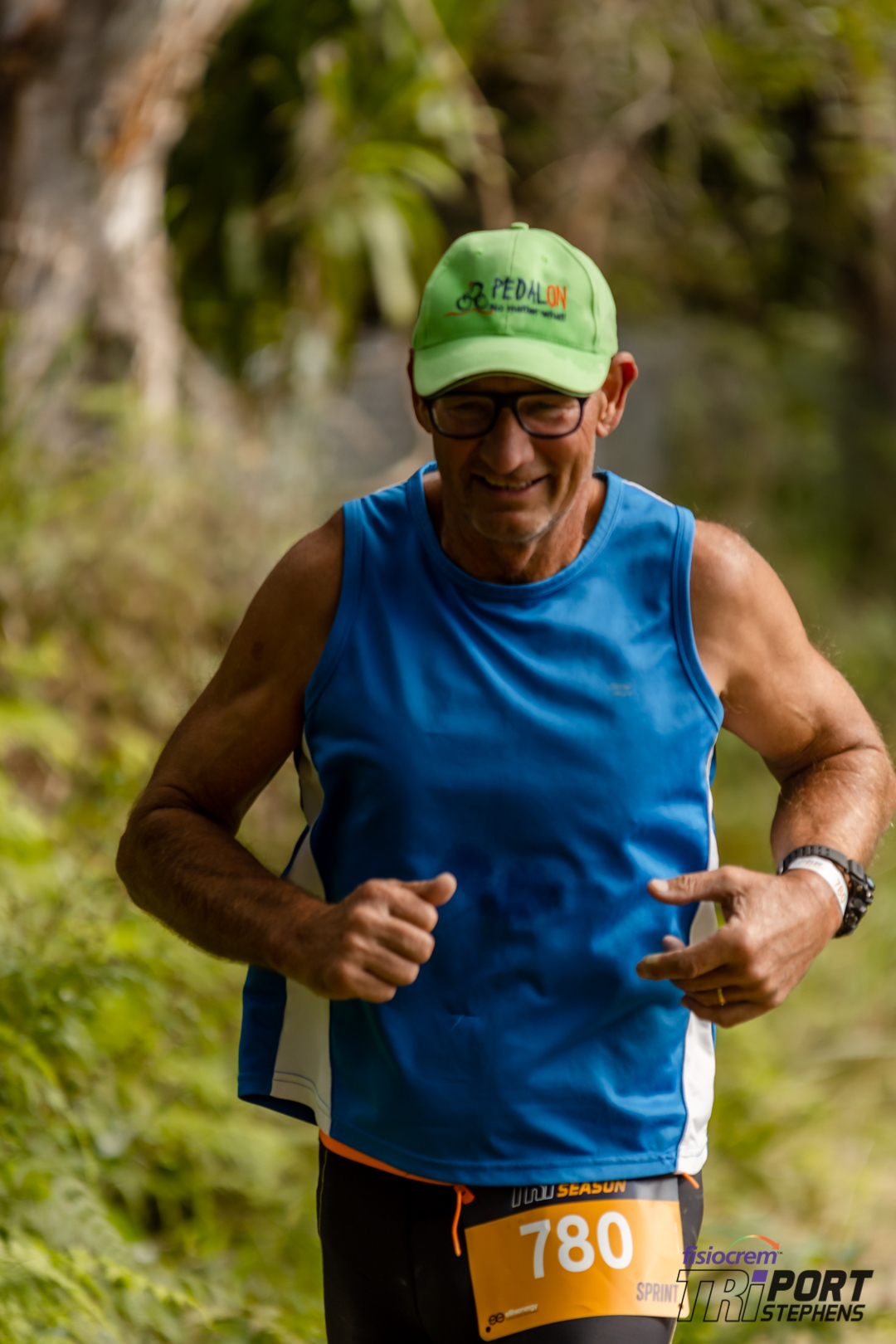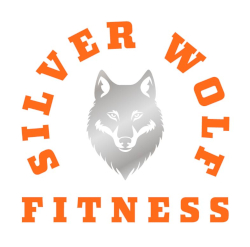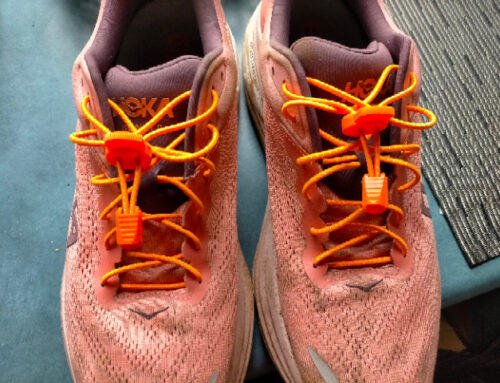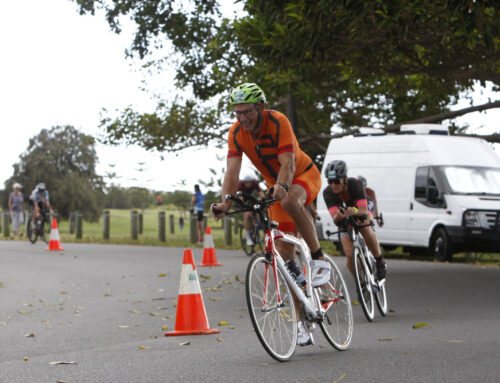Training Considerations
Training Tips for Senior Endurance Athletes: Finding Your Edge While Staying Safe
As a senior endurance athlete over 50, you’ve got a unique blend of experience and determination. Your fitness journey is about pushing boundaries while respecting the realities of your body’s changing needs. Striking this balance requires smart training strategies focused on moderation, periodisation, dose and intensity, and structured training phases. Let’s explore how these concepts can help you stay strong, injury-free, and ready to achieve your goals.
Moderation: The Foundation of Longevity
In endurance training, more isn’t always better. Overtraining can lead to fatigue, injuries, and setbacks that disrupt your progress. Moderation means:
- Listening to Your Body: Learn to recognize signs of overreaching, such as persistent fatigue, sleep disturbances, or increased resting heart rate.
- Balancing Work and Rest: Incorporate active recovery days and easy sessions into your routine. A rule of thumb: for every hard day, follow with at least one easy day.
- Mindful Progression: Gradually increase your training volume by no more than 10% per week to give your body time to adapt.
Remember, consistency over time beats sporadic bursts of high-intensity effort.
Structuring Your Training Year
This involves organizing your training into specific cycles to optimize performance and recovery. For senior athletes, this structured approach can prevent burnout and maximize gains. Consider these phases:
- Base Phase: Focus on building endurance and aerobic capacity with steady, low-intensity efforts. This phase lays the groundwork for more intense work later.
- Build Phase: Gradually introduce moderate intensity and sport-specific skills, such as hill work for runners or interval sessions for cyclists.
- Peak Phase: Sharpen your fitness with higher-intensity efforts, tapering your volume to arrive at your key event feeling fresh and strong.
- Race Week
- Recovery Phase: Allow time for your body to repair and rebuild post-event, emphasizing low-intensity activities and rest.
Periodisation: It does not always need to be a Week!
As senior athletes we need more recovery, especially when increasing intensity and weight training. So one answer to get the extra recovery is to spread your your training “week” over 9 days for two extra recovery days. The only issue with this approach is that it doesn’t fit neatly into a week, if you’re retired then that shouldn’t matter but if still working this can become a bit messy.
I currently still work 2-3 days a week as a rural fencer, which means I’m usually to buggered on working days to do any training. So my answer to this is to make my period two weeks so I can still schedule for work and weekends etc.
Dose and Intensity: The Art of Training Smart
How much and how hard you train matters more as you age. Striking the right balance can keep you fit without risking overtraining or injury:
- The 80/20 Rule: Spend about 80% of your training time at low intensity and 20% at moderate-to-high intensity. This balance optimises aerobic capacity while reducing stress on your body for the base phase however once moving to the Build phase intensity needs to increase towards the 40% mark for Sprint and Standard Triathletes, for middle and long distance the 80/20 is closer to the mark.
- Monitoring Tools: Use tools like heart rate monitors, power meters, or perceived exertion scales to ensure you’re staying in the desired intensity zones.
- Recovery Windows: Allow for longer recovery between high-intensity sessions. As we age, the body’s recovery processes take a bit more time, so be patient and adjust accordingly.
Training Phases: Adapting to Your Goals
Tailor your training to fit both your seasonal goals and your body’s needs. Here’s how to structure each phase:
- Preparation Phase: Begin with gentle mobility work, flexibility training, and light aerobic sessions to ease into your routine as well as easing into weight training.
- Base1, Strength Phase: Incorporate resistance training twice a week to maintain muscle mass and bone density. Exercises like squats, lunges, and deadlifts, especially Romanian Dead Lifts are excellent choices.
- Base2, Endurance Phase: Focus on long, steady sessions that build stamina. Whether running, swimming, or cycling, these workouts improve your aerobic engine while maintaining your strength.
- Race Phase: Include race-specific training like tempo efforts or brick workouts (e.g. bike-to-run transitions for triathletes).
- Transition Phase: When between events, aim to sustain your fitness with a mix of moderate training, cross-training, and enjoyable activities.
Key Takeaways
- Prioritise recovery and moderation to maintain consistency.
- Use periodisation to structure your training and prevent overtraining.
- Pay attention to dose and intensity to optimize your efforts.
- Adjust training phases to fit your current goals and fitness level.
Training smarter, not harder, is your path to success. By following these principles, you’ll continue to enjoy the thrill of endurance sports while safeguarding your health. Remember: the goal isn’t just to compete but to stay active and thriving for years to come.







